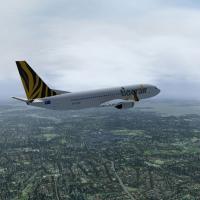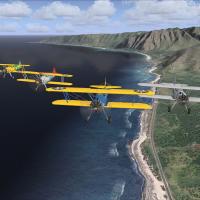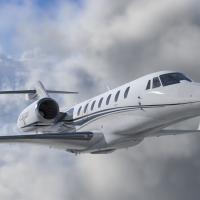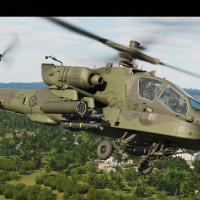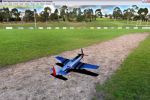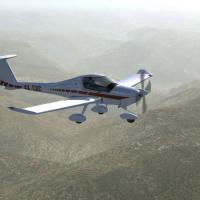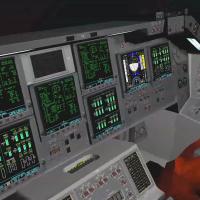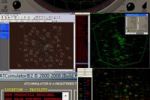Free Flight Simulators
 Listed in this category are a selection of flight simulator packages and games that are free-to-download. Most of them are compatible with Windows, Linux and macOS (or OS X). Some are demos of fuller simulation packages, such as the Microsoft Flight Simulator X Demo or X-Plane, while others offer the entire package because they are open source such as FlightGear.
Listed in this category are a selection of flight simulator packages and games that are free-to-download. Most of them are compatible with Windows, Linux and macOS (or OS X). Some are demos of fuller simulation packages, such as the Microsoft Flight Simulator X Demo or X-Plane, while others offer the entire package because they are open source such as FlightGear.
Free-to-Download
All of the files here are free to download – no registration or subscription is required, however, some of the installation files are quite large so you may benefit from registering for a PRO account (which offers uncapped download speed). Plus, you'll have full speed access to download any of the files in the library such as any aircraft, scenery and tools you may wish to install.
This page is one of the most popular on the site because of its nature. If you like the simulators here, please do share on Facebook, Twitter and Google+.
Support for Multiple Operating Systems
The packages here offer support for Windows, Linux and Mac. Microsoft Flight Simulator X runs on Windows only while X-Plane and FlightGear run on all operating systems (Windows/Linux/Mac).
